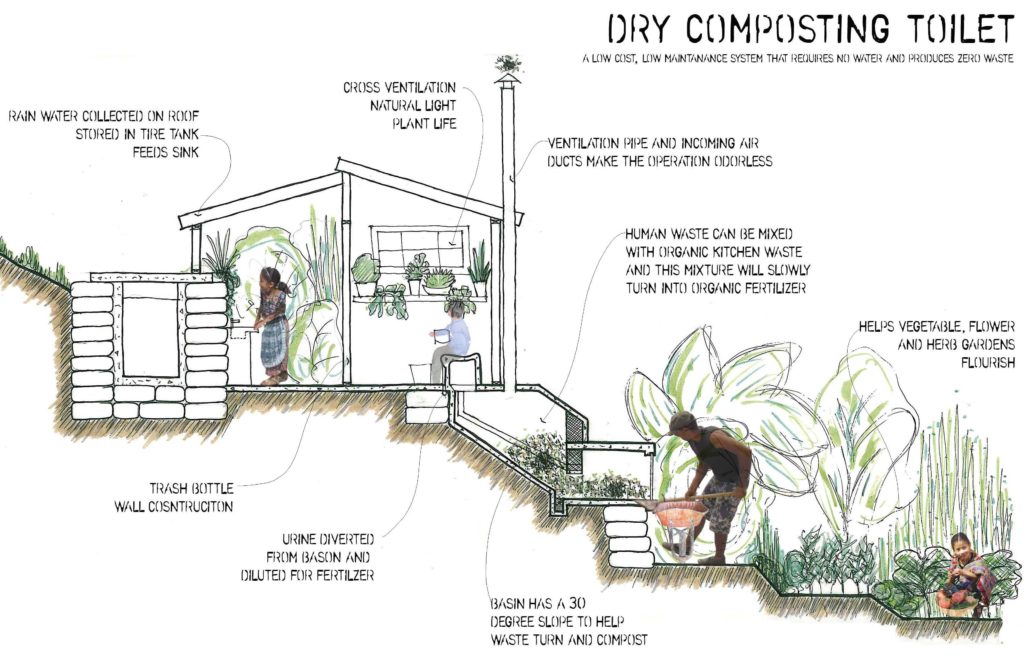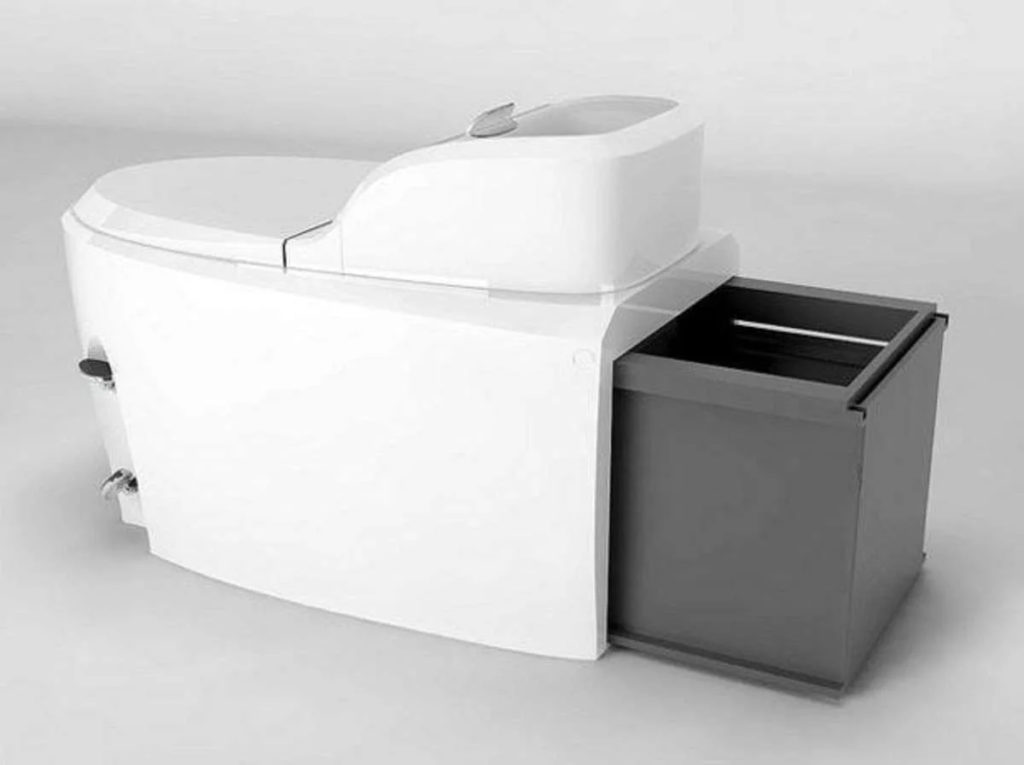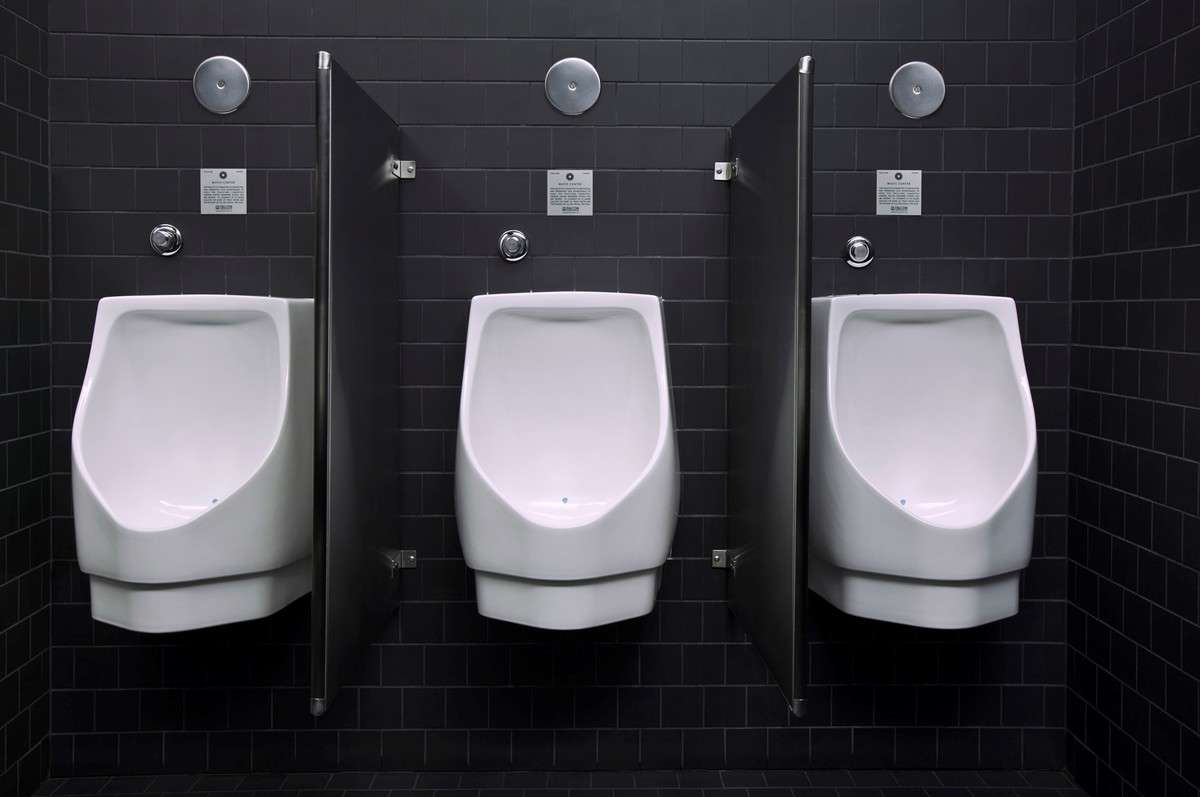How dry toilets can change the way we use bathrooms
Water for toilets is essential, especially for flushing which washes away poop and pee.
A toilet without water seems inconceivable, not only for the flushing but also for the smell problem. However, water waste for flushing is being considered a big problem, so much that new toilet tanks use half water for pee and full water for poop
This is a big problem where potable water runs low, just because the water used for flushing is the same that comes from the sinks, which is potable, so it’s a huge waste especially in poor areas. In our houses, we usually waste about 70’000 liters of water a year for flushing whereas in public toilets things are even worse with 100’000 liters a year.
In the face of all of that, the Program of Sustainable Technology of the INTI found a solution for sustainable development, including the project of making dry urinals. This seems to be a good solution where there isn’t a sewer system as well as a water problem.
At first glance, these new toilets look like the traditional ones, except for the fact that they don’t need water, they don’t smell and/or attract insects, and they are easy to clean.
There are different ways to hold smell, one of these, in case of urine, works using a substance with lower density than pee. This creates an upper layer that blocks the smell.
This system makes save money, not only for water but also for waste treatment due to a lower waste volume. Moreover, this method allows to pull out some nutrients like nitrogen and phosphorus from urine for example.
The spread of this technology is not only a prerogative of poor places like some areas of Argentina where it’s going to be implemented but you can also find them in Germany and in the USA where dry toilets are currently used in public places.

The INTI has also developed some dry toilets for public and private use. These toilets are based on the separation between solid and liquid matter, the lack of water and the presence of storage chambers and organic waste treatment. An example of these toilets can be found in Perù and North Africa.
The main purpose of these toilets was easier handling of toilet wastes, but afterward, they became useful because they can fit different economical and geographical contexts. The advantage over traditional toilets is that you get a dry and odorless waste, which doesn’t attract insects and allows safe and convenient handling of the tank that contains them. Moreover, using these toilets avoid water pollution and allows installation in areas without water networks and sewerage systems, too.
These kinds of toilets can be implemented with two nearby drying chambers or with a single interchangeable chamber. Sometimes in the dry chambers are added some worms to reduce the volume of waste, but also for creating Vermicompost. You can find examples of these kinds of toilets in Buenos Aires.

Although they have big ecological advantages and represent a solution for poor areas, will they really be the most comfortable solution even for ordinary houses?
Source Clarín

